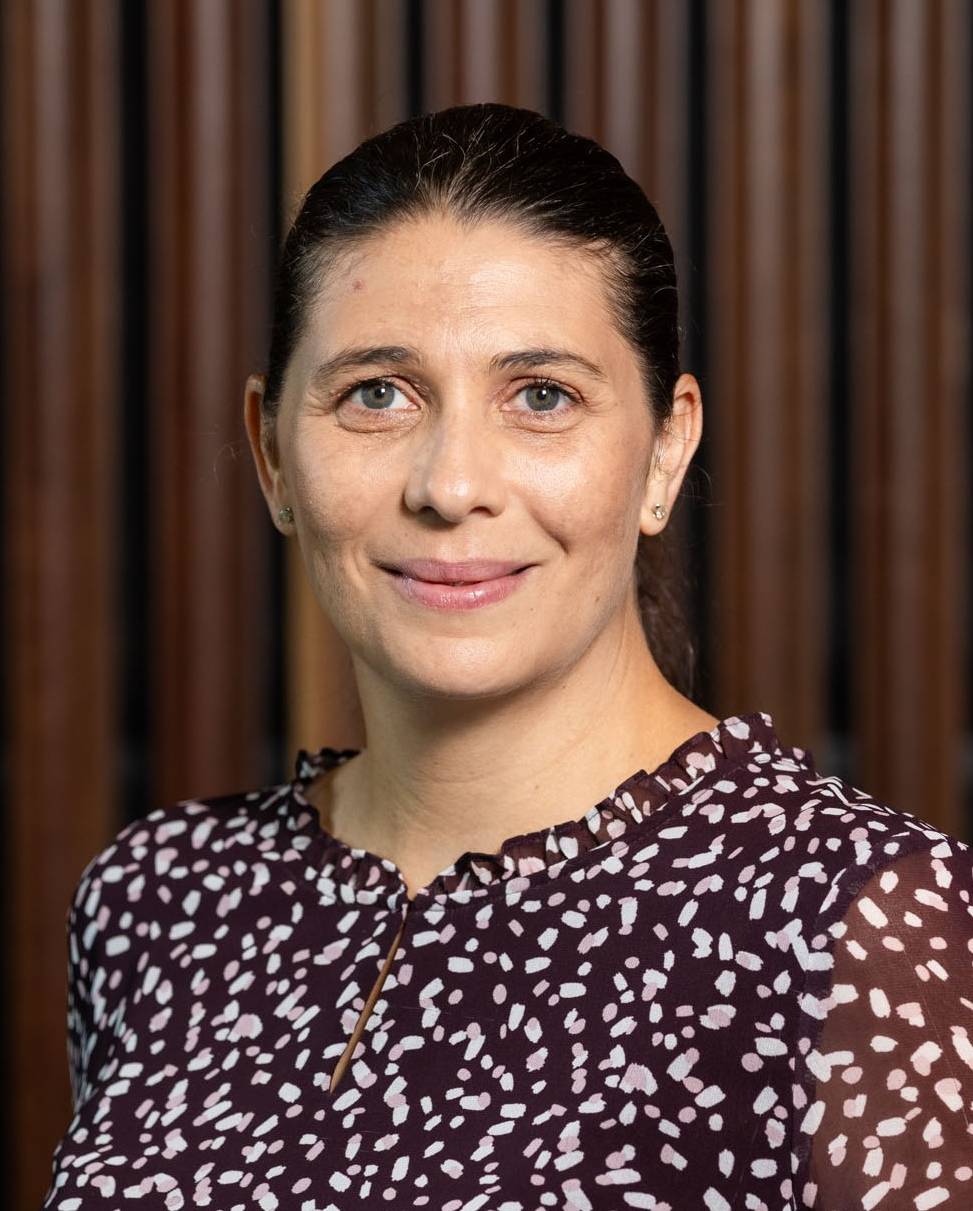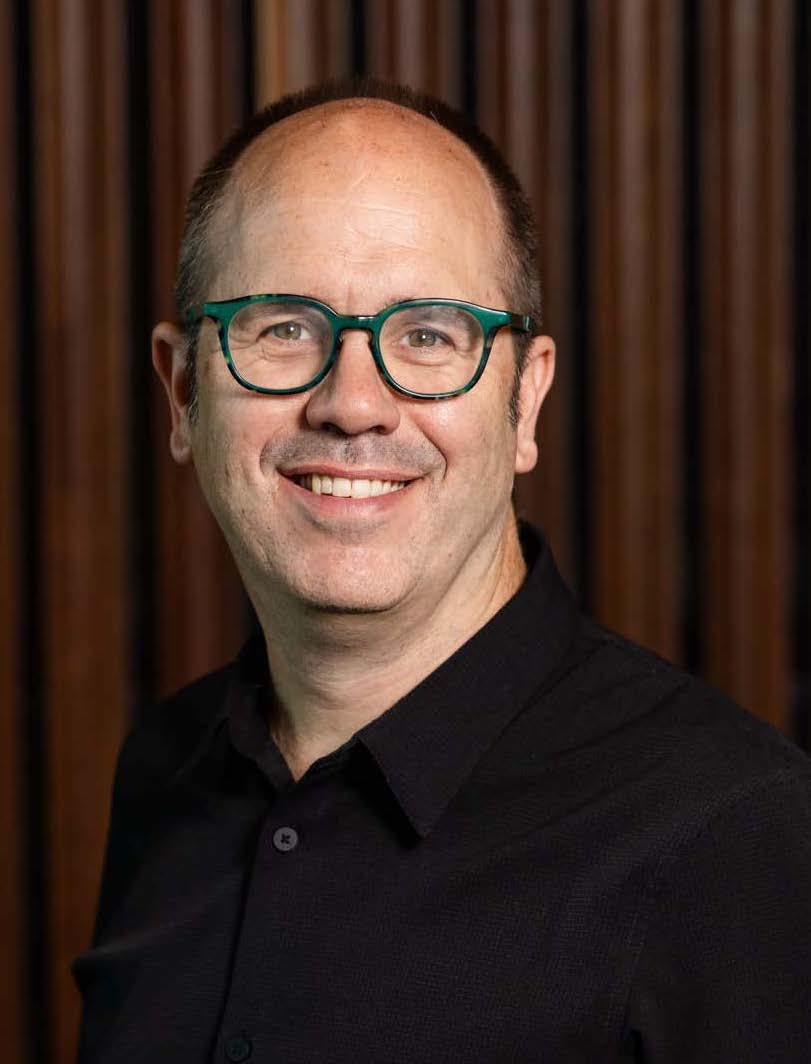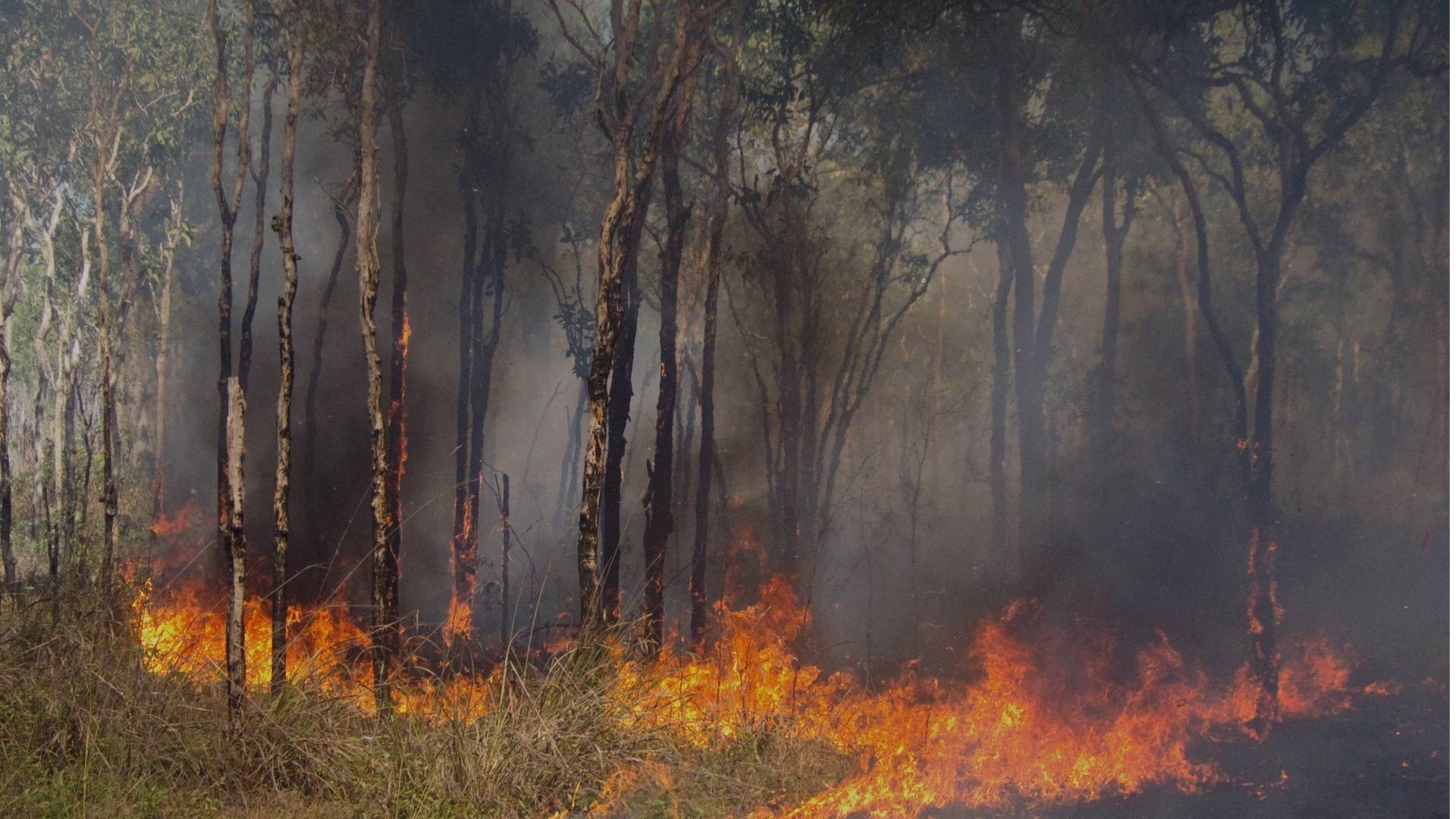LSU SRP Researchers Awarded Grant to Study How Bushfire Smoke Harms Health
Dwan Vilcins, PhD, a former trainee and current investigator in the Louisiana State University (LSU) Superfund Research Program (SRP), has been awarded an Ideas Grant from Australia’s National Health and Medical Research Council (NHMRC) totaling AU$1.27 million (approximately US$850,000) for her project investigating the health effects of bushfires.
NHMRC, the main organization administering funding for health and healthcare research in Australia, awards Ideas Grants to researchers across all career stages with the aim of funding high-quality work that is innovative and creative. The award is highly competitive, as applicants can be at any career level and propose to address a specific research question in any health-relevant area.
The project, “Providing Evidence to Guide Public Health Messages during Bushfire Smoke Events,” focuses on understanding the dangerous health effects of smoke from bushfires. Major bushfire/wildfire events are increasing worldwide, and both prescribed burning and wildfires produce toxic smoke that is a major health threat to people in surrounding areas. Bushfire smoke is known to be very damaging to human health, and existing work has indicated that smoke of this type contains particularly high concentrations of dangerous combustion by-products such as environmentally persistent free radicals (EPFRs). However, there are many unanswered questions: the details of bushfire smoke’s toxicity remain uncertain, and little is known in terms of the impact of short-term exposure on people’s health in the mid-to-long term.

“This project will study exposure to bushfire (wildfire) smoke, which is comprised of biologically harmful toxicants including high levels of environmentally persistent free radicals (EPFRs). We will study whether these penetrate homes and concentrate indoors, along with drops in lung function as children age and in the occupationally exposed,” Stephania Cormier, PhD, LSU SRP Director and project co-investigator, said.
Utilizing the planned nature of controlled burns, this study will analyze the composition of smoke produced by burning various types of vegetation to identify the pollutants present, investigate how much smoke gets into people’s homes, and explore how being exposed to this smoke impacts health. The project will pay special attention to the health effects for firefighters, whose jobs expose them to this smoke, along with children, as two especially vulnerable population groups. Taken together, the project’s findings will provide information on how, how much, and for whom bushfire smoke affects health.

“Our preliminary work suggests that particles become trapped within the home, and inadequate ventilation prevents them clearing as ambient air quality improves. If confirmed, this has significant implications for public health messaging during wildfire smoke emergencies,” said Dwan Vilcins, PhD, Research Fellow and Environmental Scientist, Child Health Research Centre, Faculty of Medicine, University of Queensland, Australia; LSU SRP Project Co-Leader; and project Principal Investigator.
Dr. Vilcins, an expert on the effects of environmental exposures on health and how these may be mitigated, is the Principal Investigator of this project. She is the Group Leader in Environmental Epidemiology in the Children’s Health and Environment Program at the University of Queensland’s Child Health Research Centre. This globally collaborative project also involves several additional LSU SRP researchers:
- Dr. Cormier, LSU SRP Director, Project 1 (“EPFRs Alter Pulmonary Immunologic Homeostasis”) Leader, Associate Vice President of Health and Human Security, and Wiener Chair and Professor of Biological Sciences at LSU;
- Lavrent Khachatryan, PhD, LSU SRP Materials Core Leader and Research Assistant Professor in the Department of Chemistry at LSU; and
- Slawo Lomnicki, LSU SRP Project 4 (“Activation, Sensing, and Prevention of Formation of EPFRs in Thermal Treatment of Superfund Wastes”) Leader and Professor of Environmental Sciences at LSU.

“This project will address important gaps in our understanding, using an innovative model of bushfire smoke exposure based on hazard reduction burns. It will inform not only on the composition and oxidant nature of bushfire smoke, but the degree to which it penetrates homes and concentrates within the indoor environment. We will examine its ability to trigger important biological pathways such as the oxidative stress pathway and the associated falls in lung function that occur during, and following, these episodes. By describing the changes occurring in adults, children, and those exposed through their job (firefighters), the findings of this study will generate new knowledge to gauge the effectiveness of current public health messages and inform future public health decisions. Better understanding of the health effects of bushfire smoke and the mechanisms by which detrimental effects occur offers exciting potential to change future clinical practice around exposure events,” Paul Robinson, MBChB, MRCPCH, FRACP, PhD, ATSF, Deputy Director of the Children’s Health Environment Program within the Child Health Research Centre, and Senior Staff Specialist in Respiratory and Sleep Medicine at the Queensland Children’s Hospital, said.
Other team members on the newly funded project include investigators from the University of Queensland (Dr. Xianyu Wang, Dr. Peter Sly, and Dr. Paul Robinson, in addition to Dr. Vilcins), the University of South Australia (Dr. Javaan Chahl), Australia National University (Dr. Nina Lazarevic), and the US Environmental Protection Agency (Dr. Brian Gullett).
Dr. Vilcins’ involvement with the LSU SRP began in 2018 when she joined as a trainee working on LSU SRP Project 1, which studies the effects of EPFRs on lung function.
“I am incredibly proud to have been an LSU SRP trainee, and I am grateful for the support and guidance I received from Stephania Cormier and Peter Sly—it is with their mentorship that I was successful in securing this grant funding,” Dr. Vilcins said.
The project will begin this year and go through 2026. Dr. Vilcins previously presented preliminary work related to this study at the LSU SRP Open Forum Seminar on EPFRs and Human Health in Baton Rouge in May 2023.
Latest SRP News Feed
- Trainee Spotlight: Q&A with Fox Foley
- LSU SRP Co-Sponsors Science Communication Workshop, Hosts Spin-off Event for Trainees
- Shining Light on Pollution: LSU SRP Partners with Southern University to Promote Environmental Health LiteracyFor the third year in a row, the Louisiana State University Superfund Research Program (LSU SRP) teamed up with Southern University to hold the Shining Light on Pollution Environmental Health Literacy Program. The program covers a wide range of topics related to air pollution and environmental health and also introduces students to different career paths in the environmental health sciences. High school students involved in Southern University's Upward Bound program are recruited to participate in the week-long program. Participants do not need to have any prior experience with research or STEM classes.
- LSU SRP Data Management & Analysis Core and Research Experience & Training Coordination Core Lead Statistical Workshop
- LSU SRP Open Forum Seminar on EPFRs and Human HealthThe Louisiana State University Superfund Research Program (LSU SRP) hosted three scientists who are experts in lung disease and the dangers of environmentally persistent free radicals (EPFRS) from the University of Queensland in Australia. These LSU SRP collaborators traveled to Baton Rouge to speak at the LSU SRP Open Forum Seminar on EPFRs and Human Health on May 25, 2023.
- LSU SRP Continues to Work with Community on Air Quality and Health: Update for Colfax, LouisianaLouisiana State University Superfund Research Program (LSU SRP) researchers have been working with community members to understand the impacts of air pollution in and around Colfax, Louisiana, since 2020, after local residents organized into the Central Louisiana Coalition for a Clean and Healthy Environment and, citing health issues and other pollution-related concerns, requested assistance from the LSU SRP. After nearly 40 years of living adjacent to the last commercial open burn/open detonation thermal treatment facility in operation in the United States, the community is soon to see a major shift.







